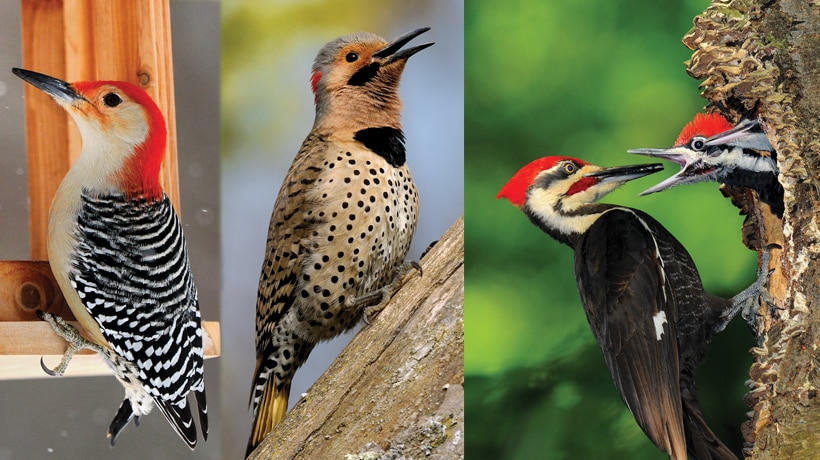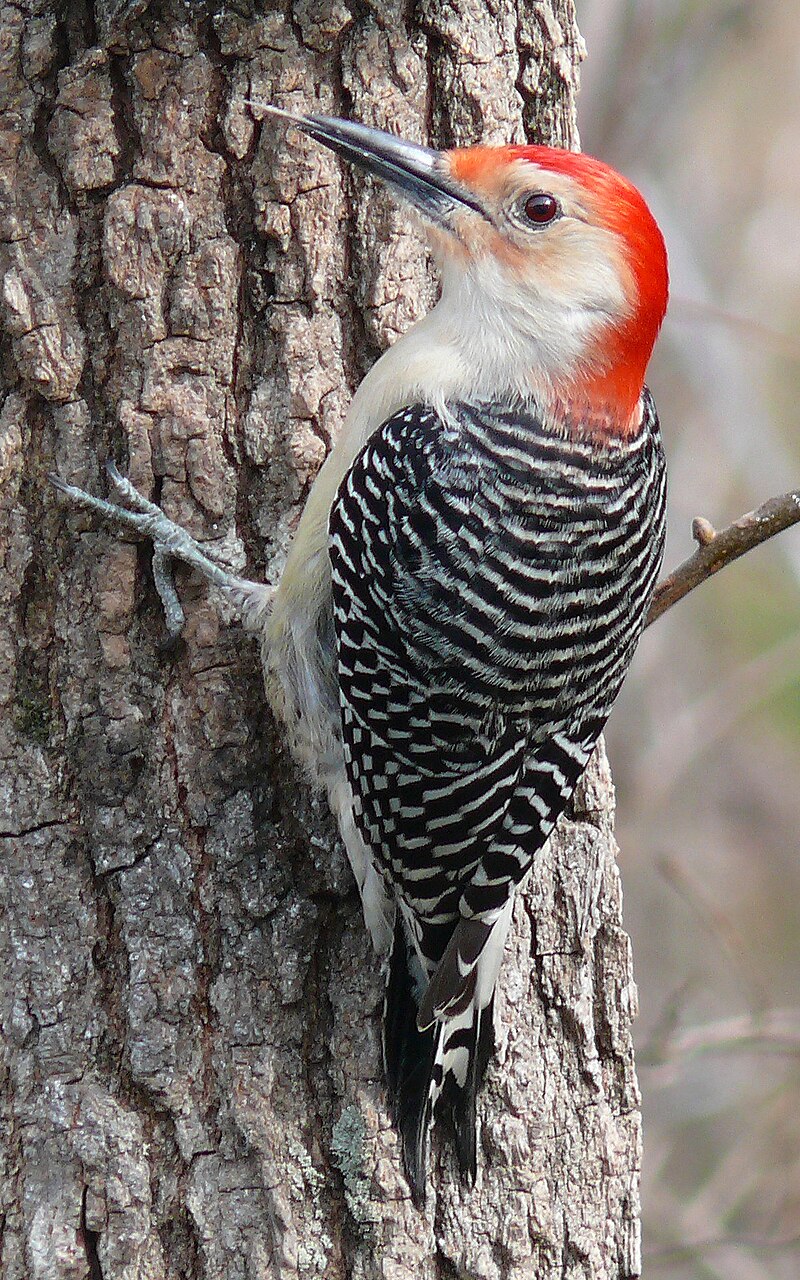Experiencing Woodpeckers in Florida Types: Environments and Behavior
Introducing the Secrets of Woodpeckers: Behavior, Environment, and More
Woodpeckers, with their unique actions and specialized adjustments, have actually long fascinated scientists and nature enthusiasts alike. By revealing the secrets surrounding woodpeckers' behavior and environment options, a much deeper understanding of these bird marvels arises, offering a peek right into their interesting globe.
Woodpecker Actions Insights
In checking out woodpecker behavior, a fascinating screen of specialized skills and adaptations emerges, shedding light on their amazing ecological particular niche - Woodpeckers in Florida. Woodpeckers, known for their distinctive drumming on trees, have a selection of behavior attributes that add to their survival and success in their setting. One key behavior is their drumming, which offers multiple functions such as communication, establishing region, drawing in friends, and finding food sources. This balanced pecking additionally showcases their exceptional toughness and endurance, as they can hammer away continually at broadband without causing harm to themselves.
Additionally, woodpeckers exhibit a special feeding behavior identified by their capacity to remove pests from tree bark utilizing their specialized beaks. Their long, barbed tongues aid in catching prey, while their solid neck muscular tissues provide stability and accuracy during pecking movements. This feeding method enables woodpeckers to gain access to hidden insect larvae and remove them with impressive performance.
Habitat Preferences and Choice
What aspects affect the environment preferences and option of woodpeckers? One important aspect influencing woodpecker environment choice is the accessibility of ideal nesting websites. Woodpeckers generally like woodlands with a mix of fully grown trees that provide sufficient chances for dental caries excavation.
Additionally, woodpeckers reveal a preference for habitats with a bountiful supply of food resources. They are primarily insectivorous, preying on beetles, ants, larvae, and other bugs found in worn out timber or tree bark. Woodpeckers have a tendency to favor wooded locations with a varied insect population to fulfill their nutritional requirements.
In addition, the existence of dead or decaying trees is an additional crucial consider woodpecker environment selection. These trees not just provide food sources however likewise supply appropriate substrate for dental caries excavation. Dead trees are important for the upkeep of healthy woodpecker populations, as they play a vital function in the woodpeckers' life cycle and community characteristics.
Feeding Practices and Diet Structure
Woodpeckers demonstrate a specialized feeding actions focused on foraging for insects within different environments. Their diet plan mainly is composed of bugs such as beetles, ants, caterpillars, and spiders, which they situate by tapping on tree bark and paying attention for the audio of motion inside. Woodpeckers utilize their solid beaks to pierce right into the timber and their lengthy, barbed tongues to remove victim from gaps. Along with pests, woodpeckers additionally eat tree sap, fruits, nuts, and seeds, including selection to their diet regimen depending on the period and availability of food sources.
The foraging methods of woodpeckers are well-adapted to their arboreal way of living. Woodpeckers play an essential function in maintaining the health of site link forests by managing insect populations and helping in the disintegration of wood.
Drumming Appears and Interaction
Making use of rapid drumming audios on various surfaces, woodpeckers use a distinctive type of interaction to signify area borders and draw in mates. This drumming behavior is not just a means of communication but also functions as a means for woodpeckers to develop their visibility within a particular location. More Bonuses The strength, rate, and pattern of the drumming can communicate essential details to various other woodpeckers in the area.
Woodpeckers use drumming noises to introduce their visibility in a territory and to warn off potential intruders. The loud and repetitive nature of the drumming serves as a clear signal to other woodpeckers that the area is currently declared. This assists in reducing problems and minimizing physical battles between individuals.

Survival Adaptations and Specialized Makeup

Conclusion
Finally, woodpeckers display one-of-a-kind habits, such as drumming sounds for communication, and have actually specialized makeup for survival in their selected environments. Their feeding behaviors and diet composition better demonstrate their versatility to numerous environments. By recognizing these elements of woodpeckers, researchers and guardians can much better safeguard and preserve these remarkable birds and their ecosystems.